SUMMARY
PREVALENCE: Extremely rare
ACTIVE PERIOD: Nocturnal
KEY ID FEATURES: Light to dark brown shell, unique golden false eye markings on top of head, males darker with red facial markings
BEHAVIOR: Actively hunt in at night in and around mountain streams, capable rock climbers and also extremely adept in the water. Skittish and quick to dive into deep pools
SIZE: Small - 15cm
IUCN: EN - Endangered
QUICK ASSESSMENT 0-10
GALLERY
IMPORTANT: Most turtle species in Hong Kong are poached for both the Chinese Medicine and pet trades. You should never reveal location of encountered turtles on social media to reduce the ability of poachers to effectively hunt these extremely vunerable animals.
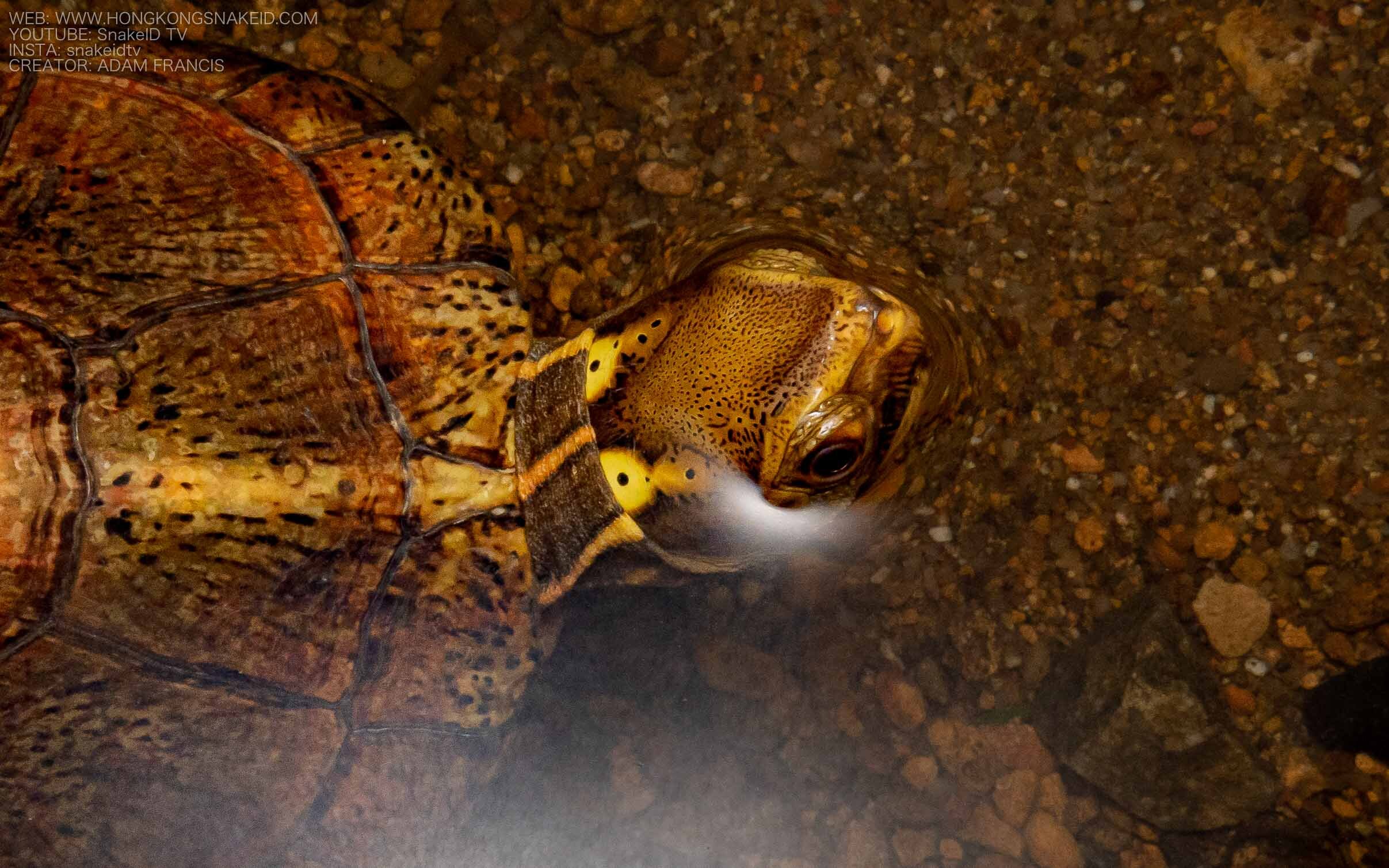
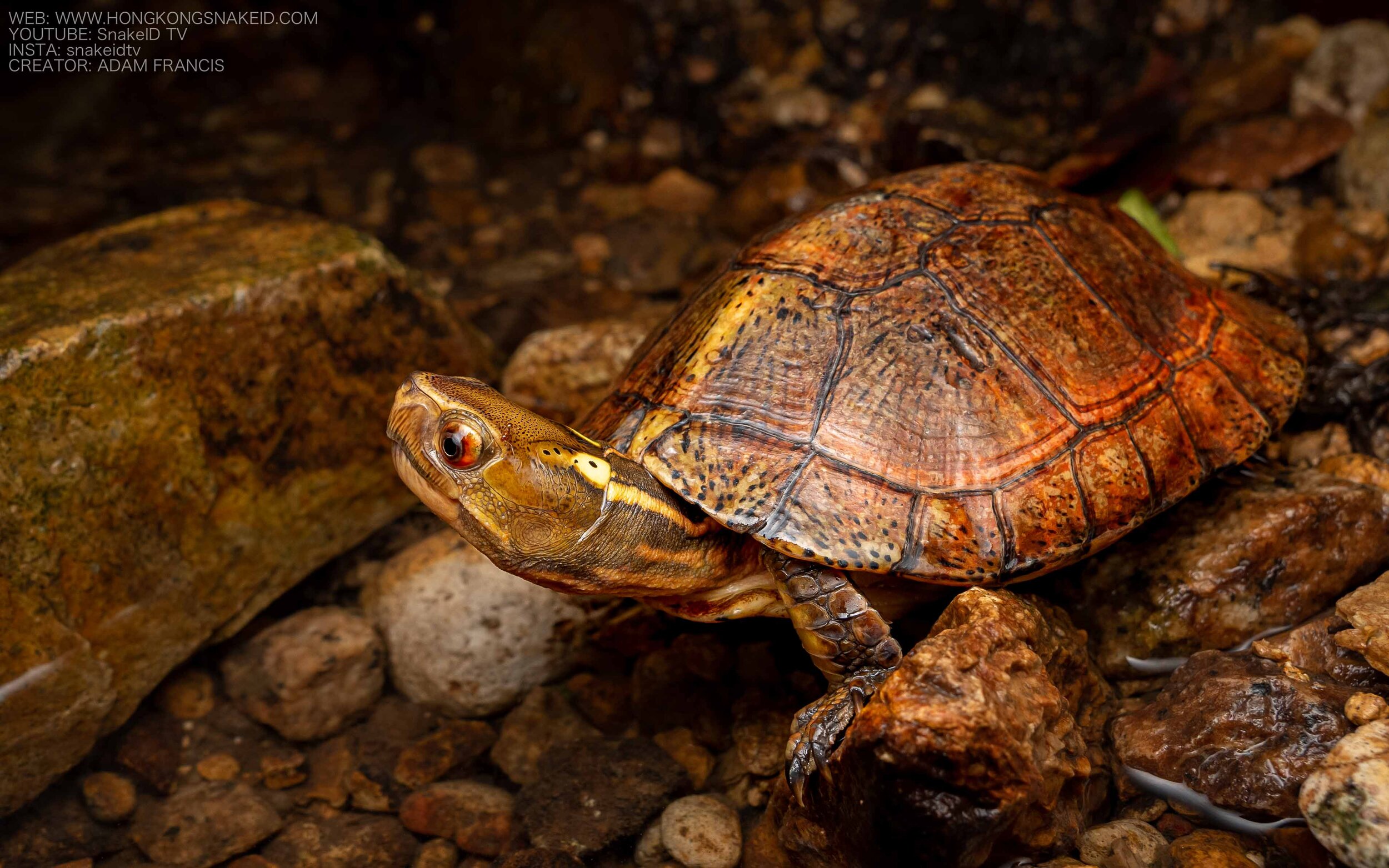
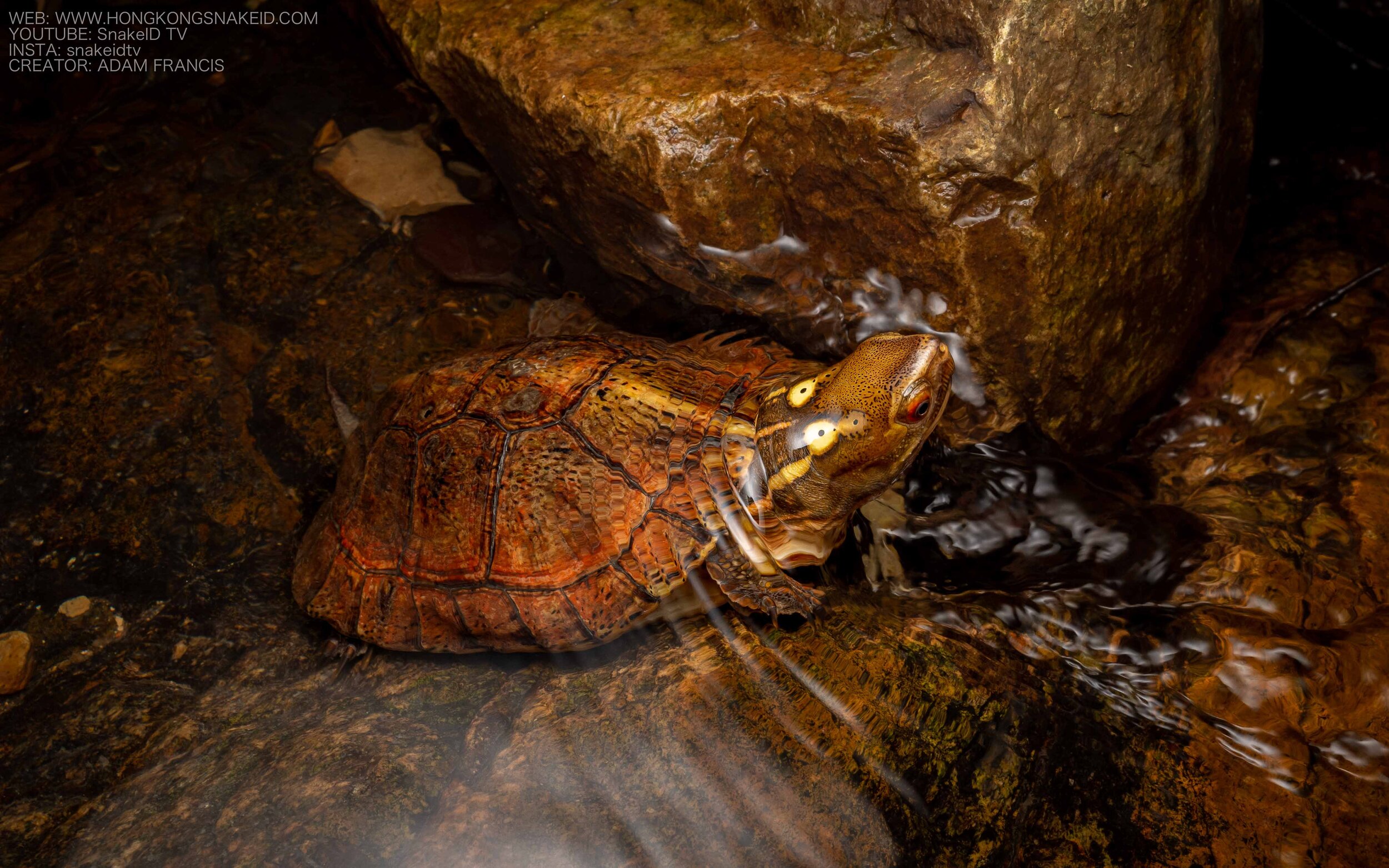
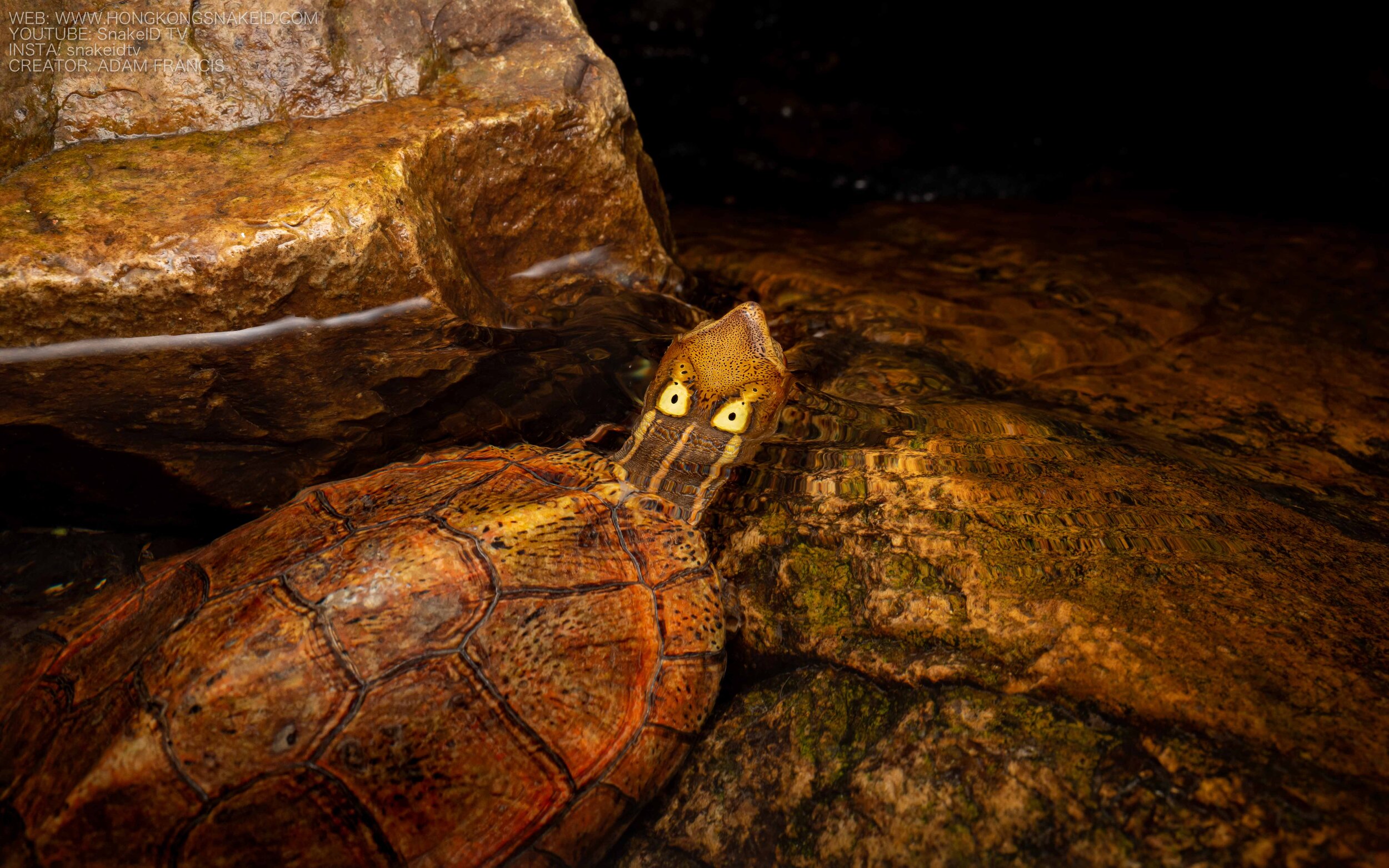

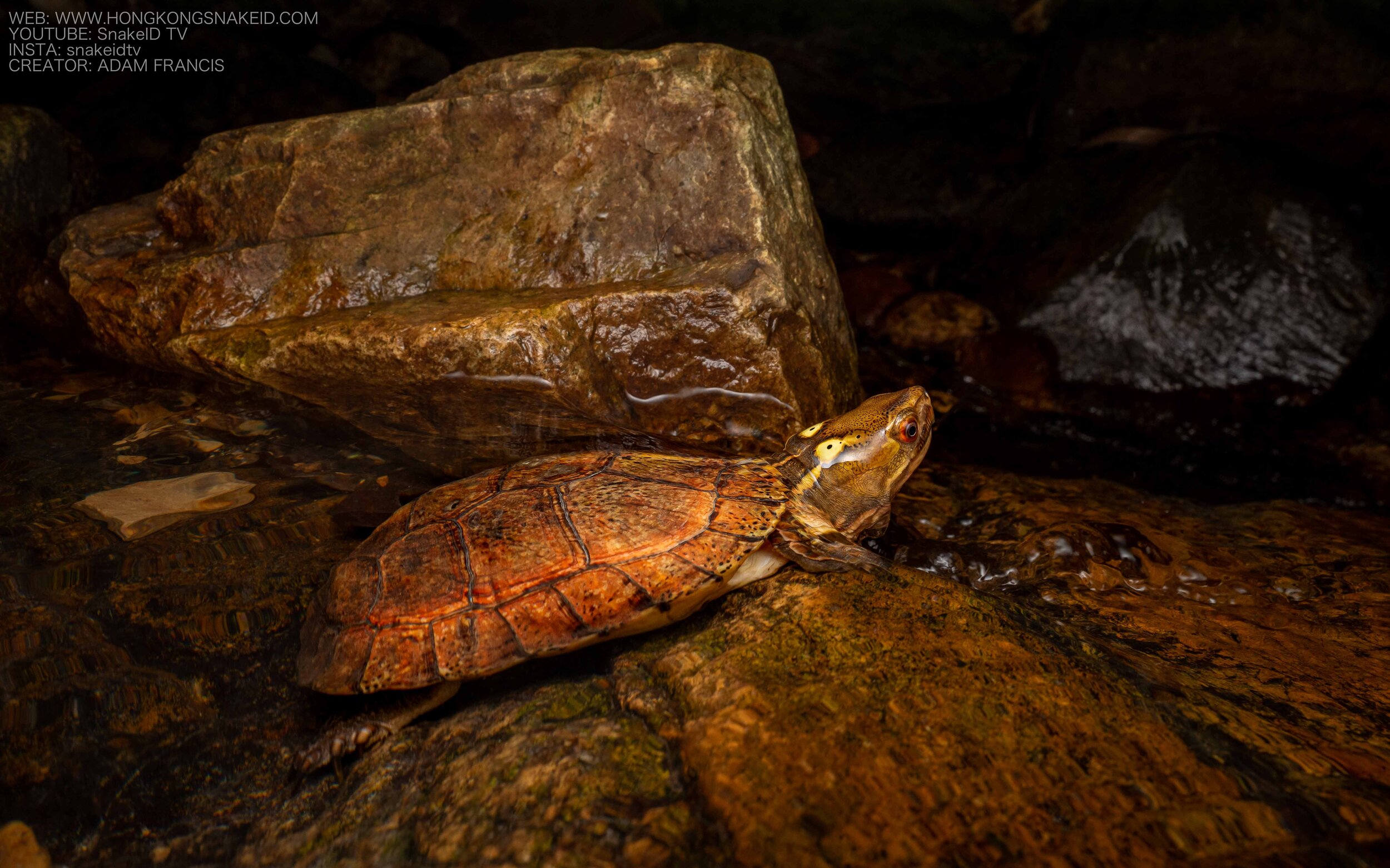
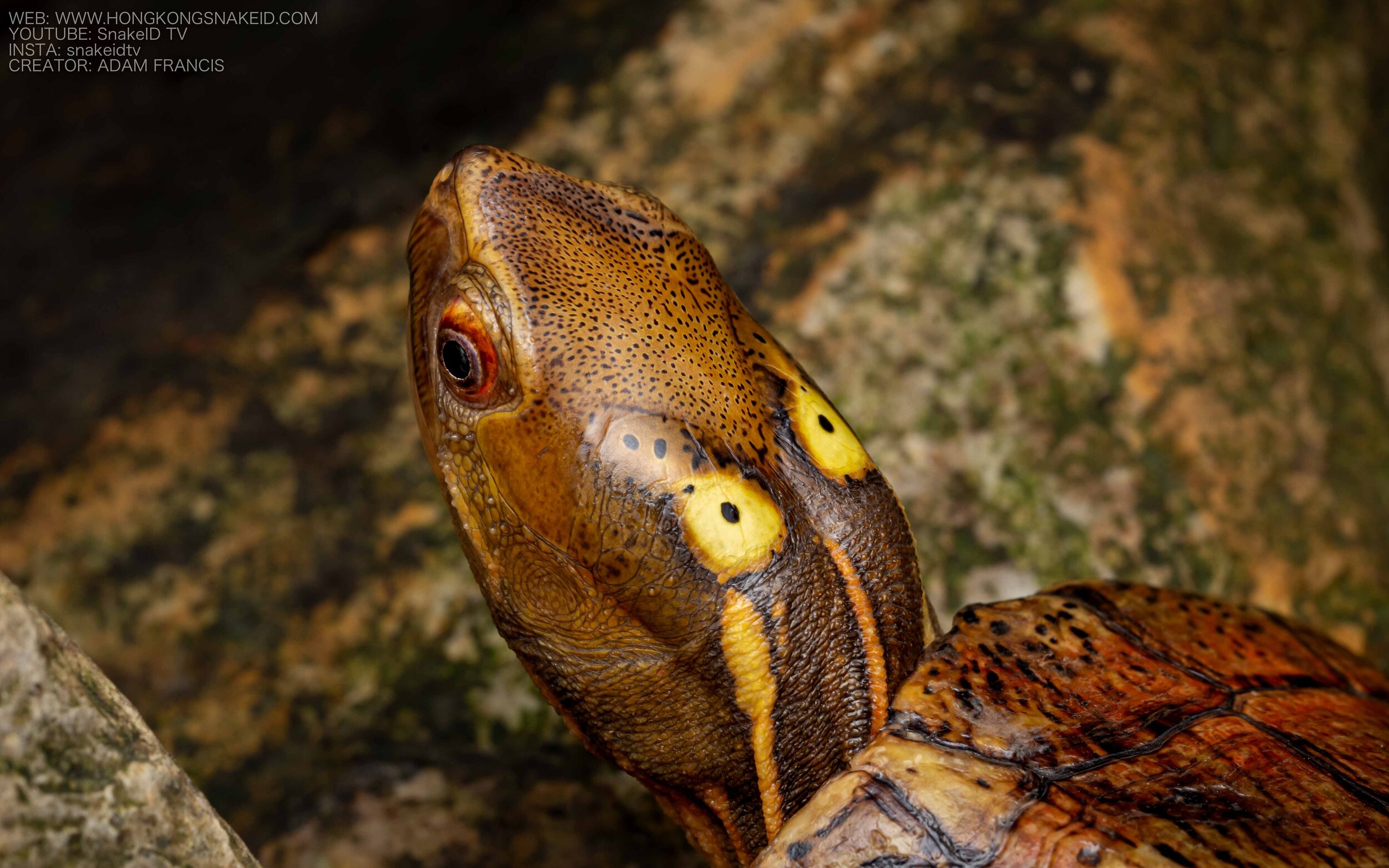
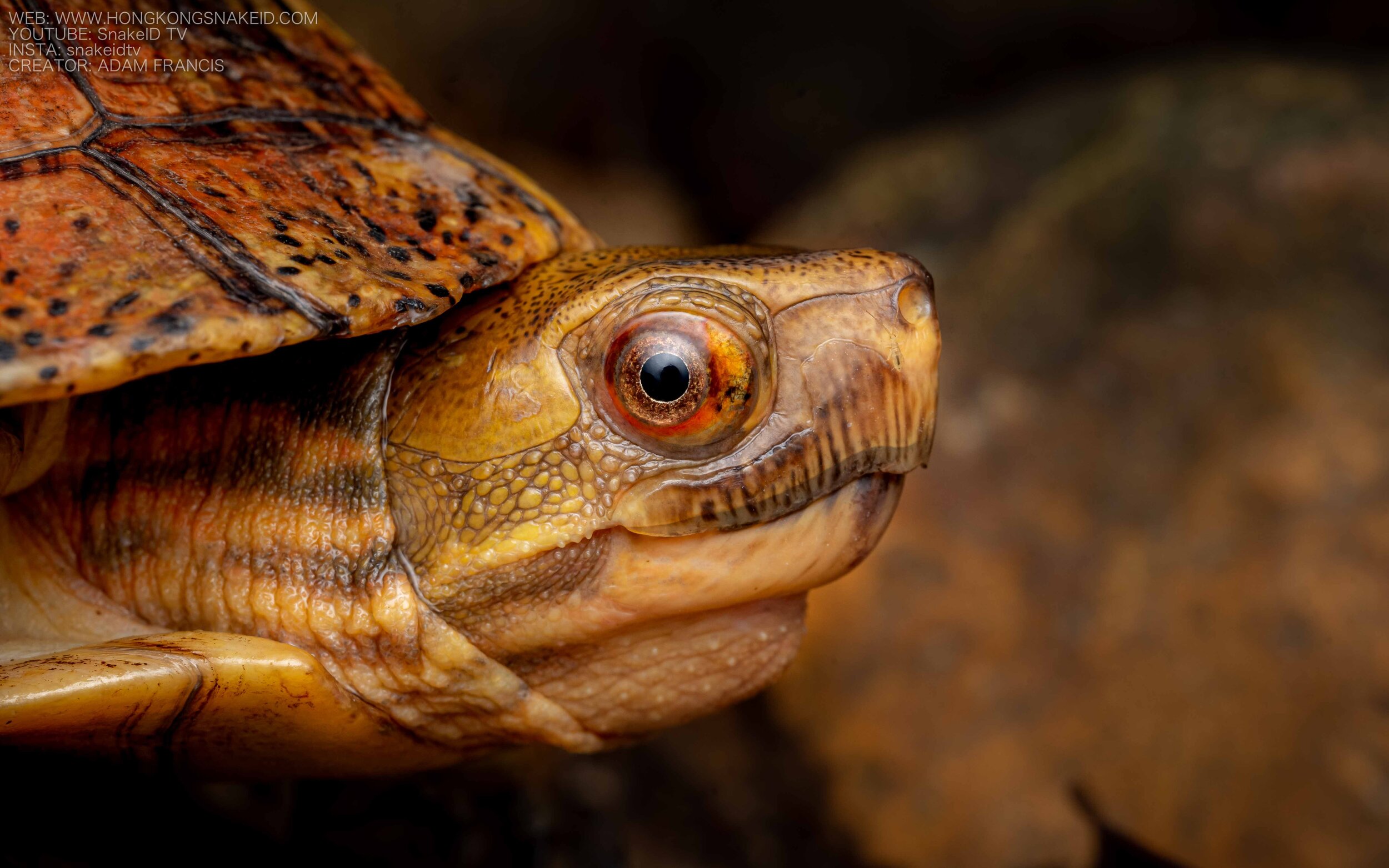
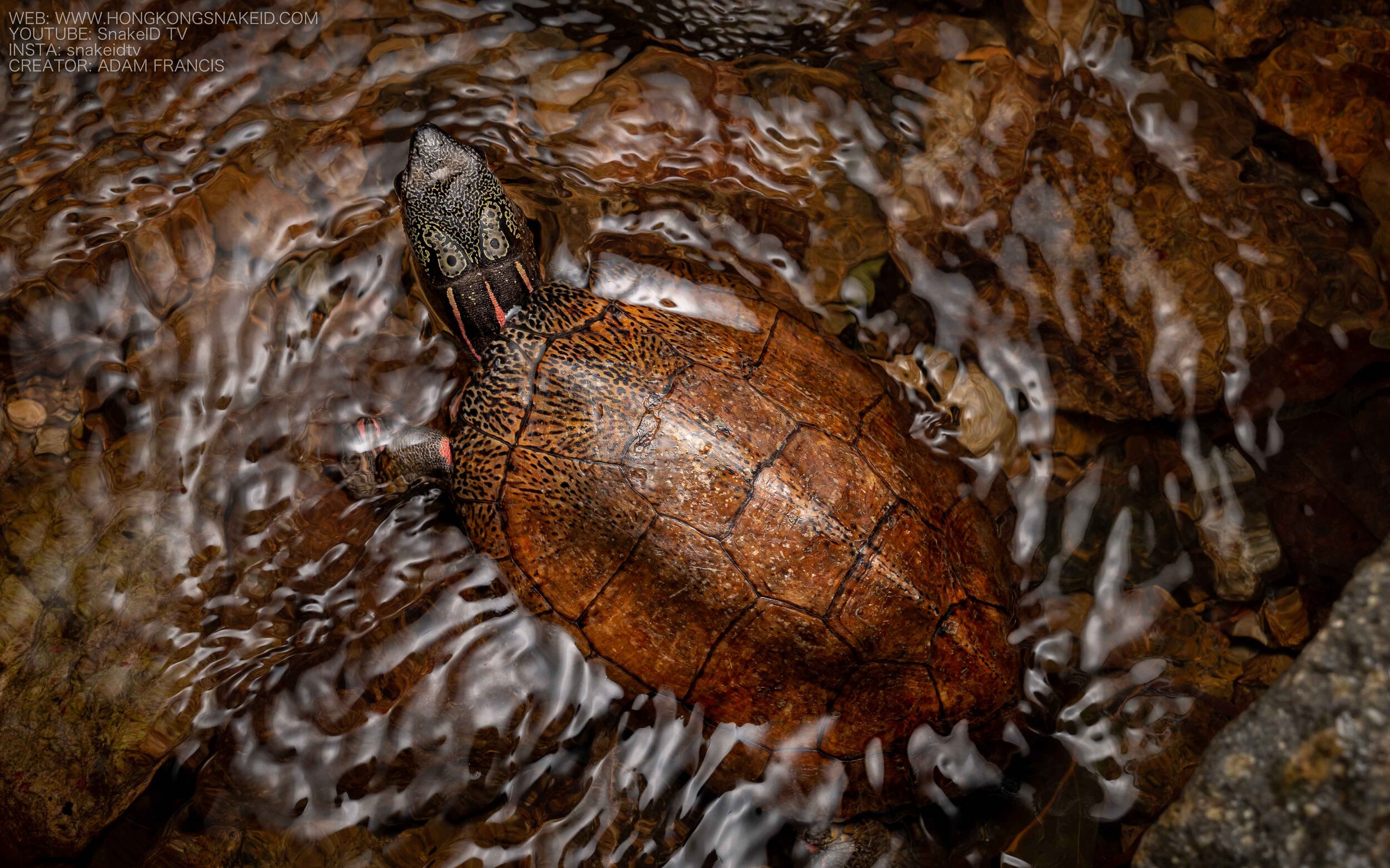
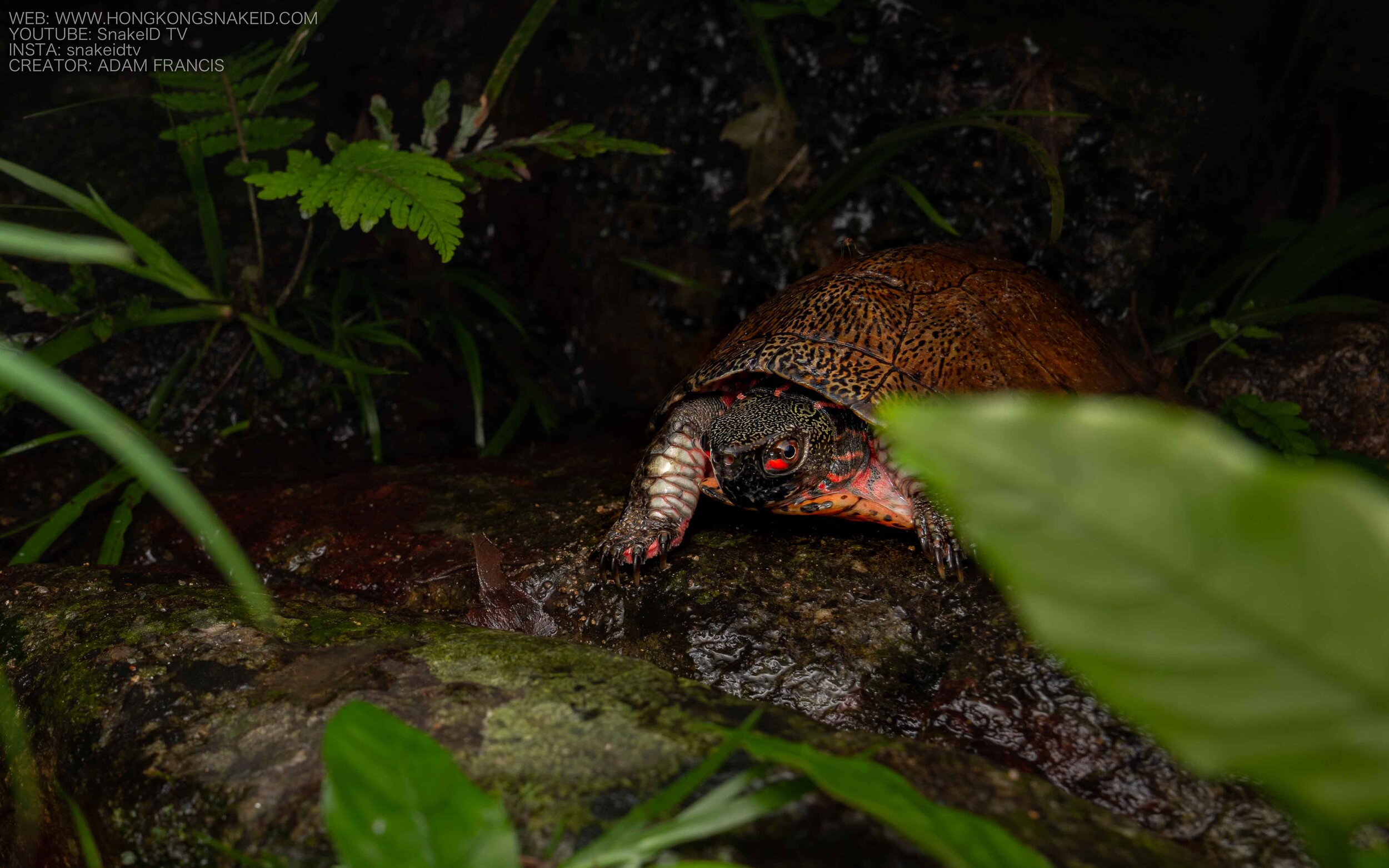
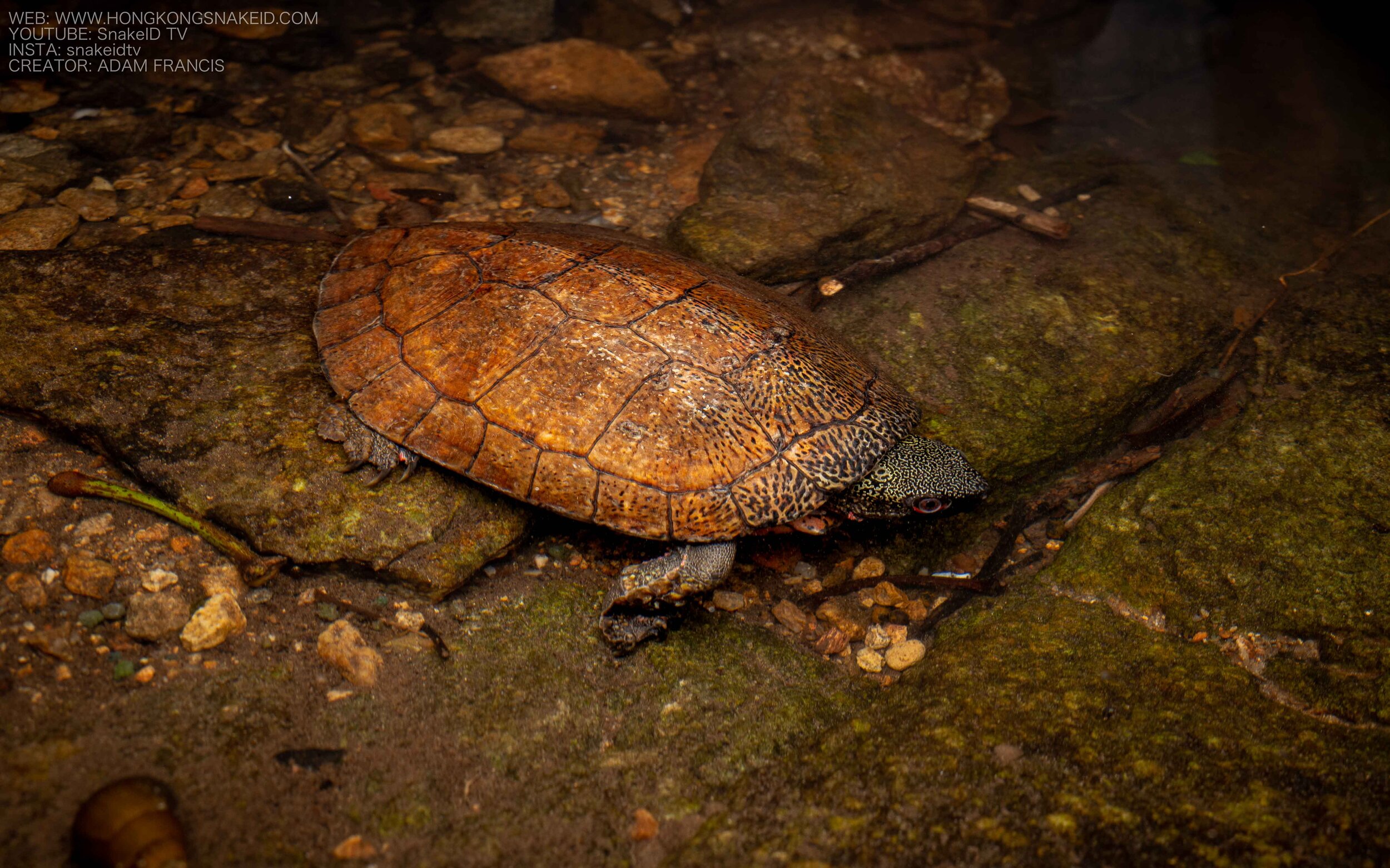
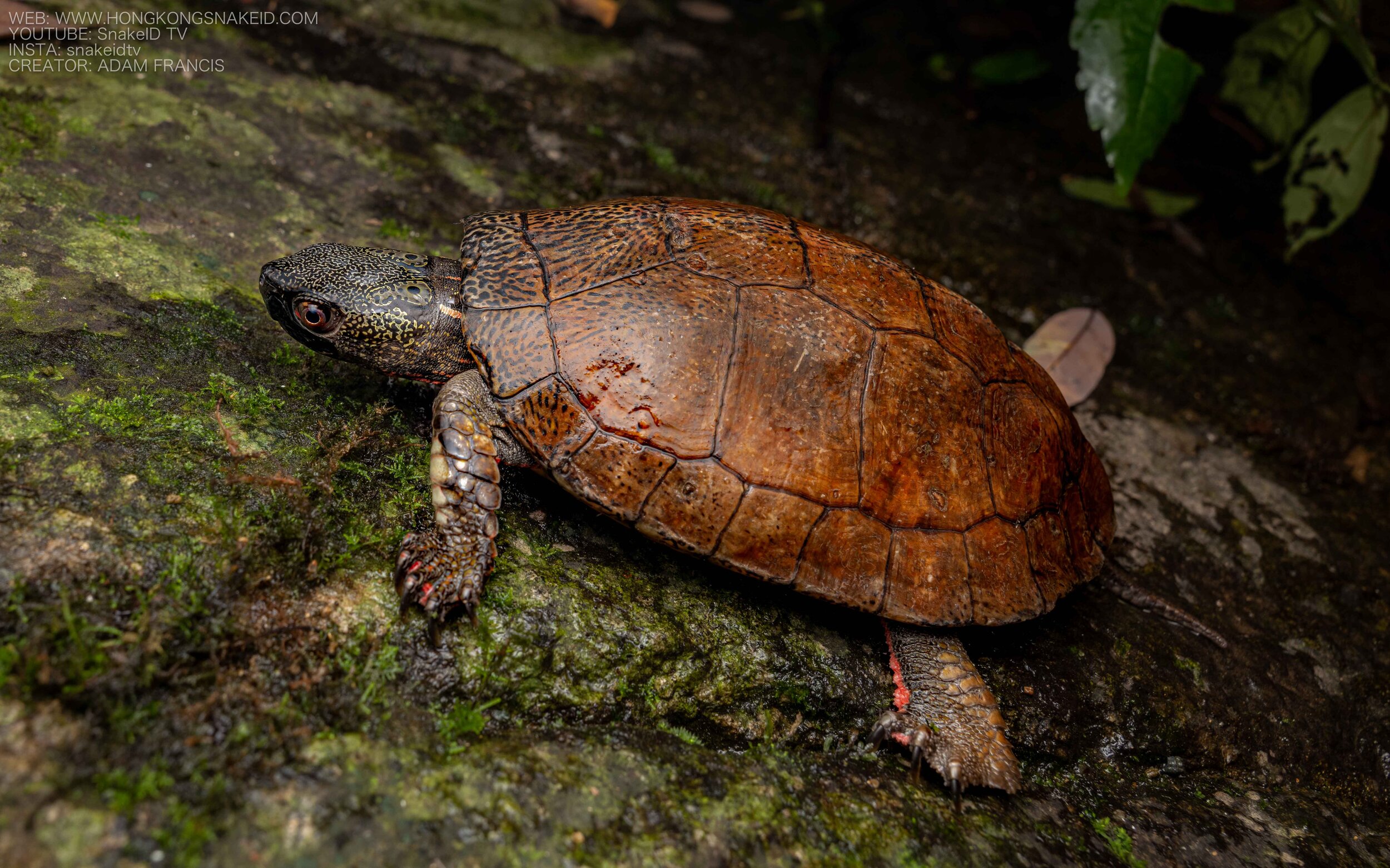


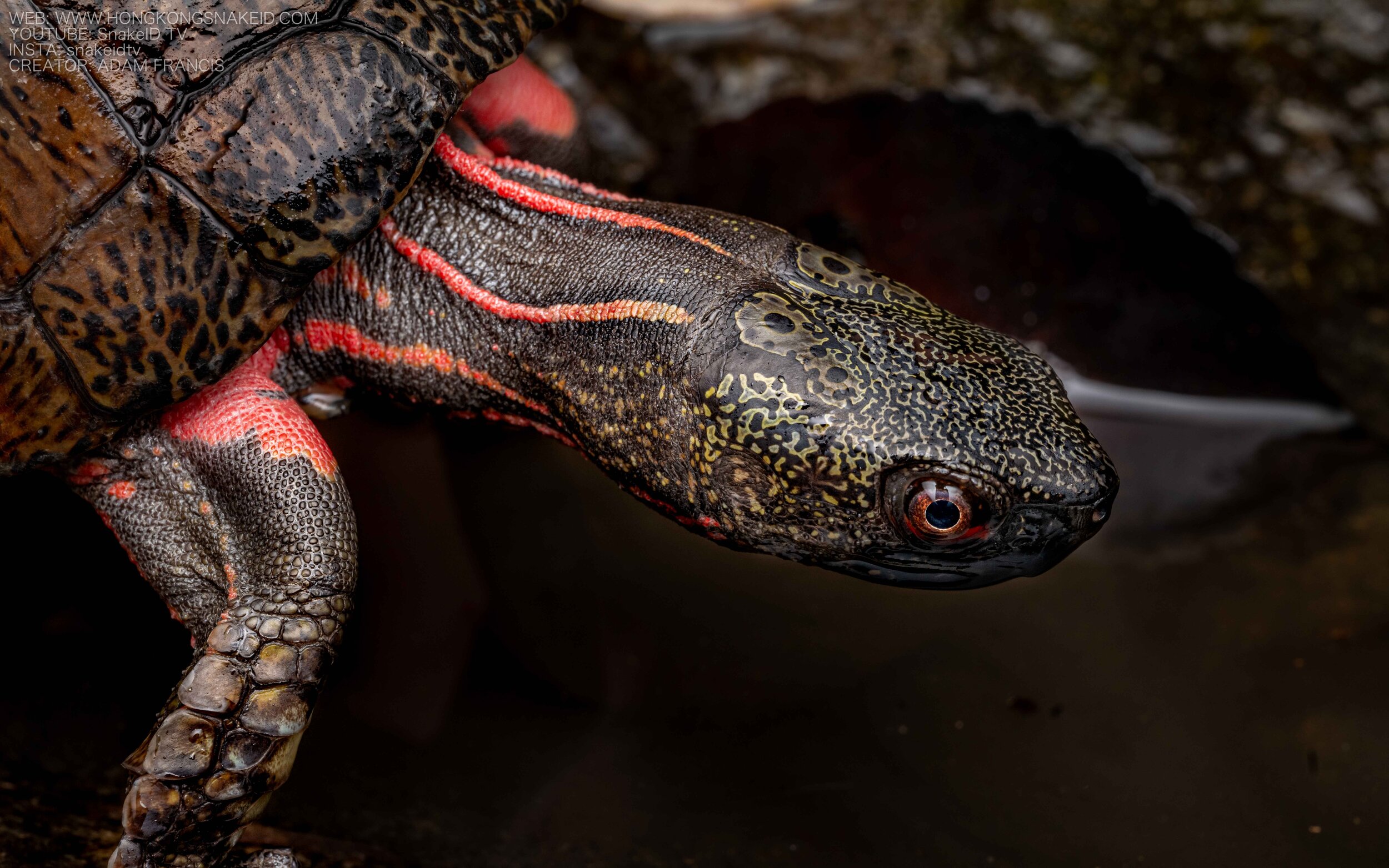
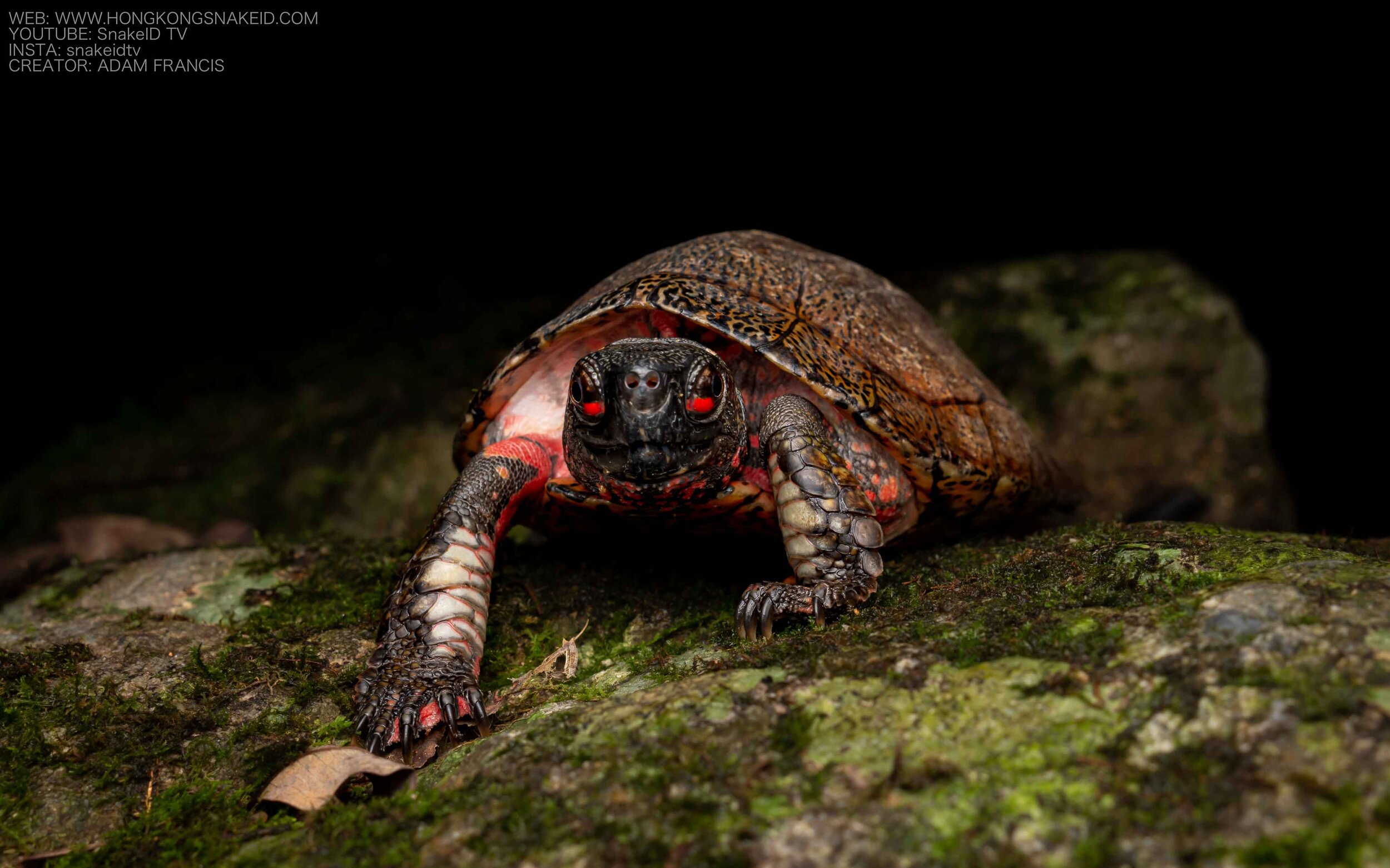
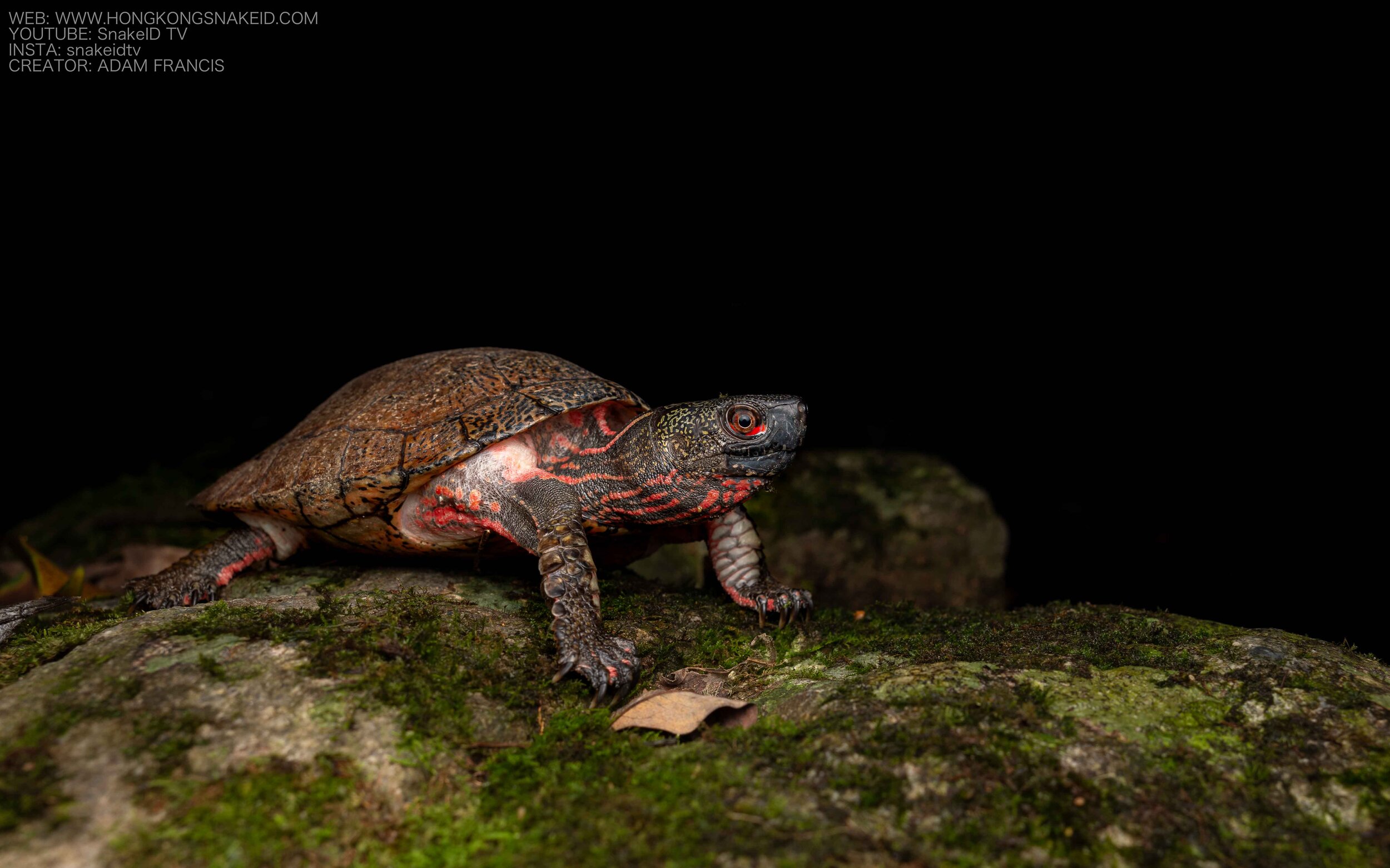
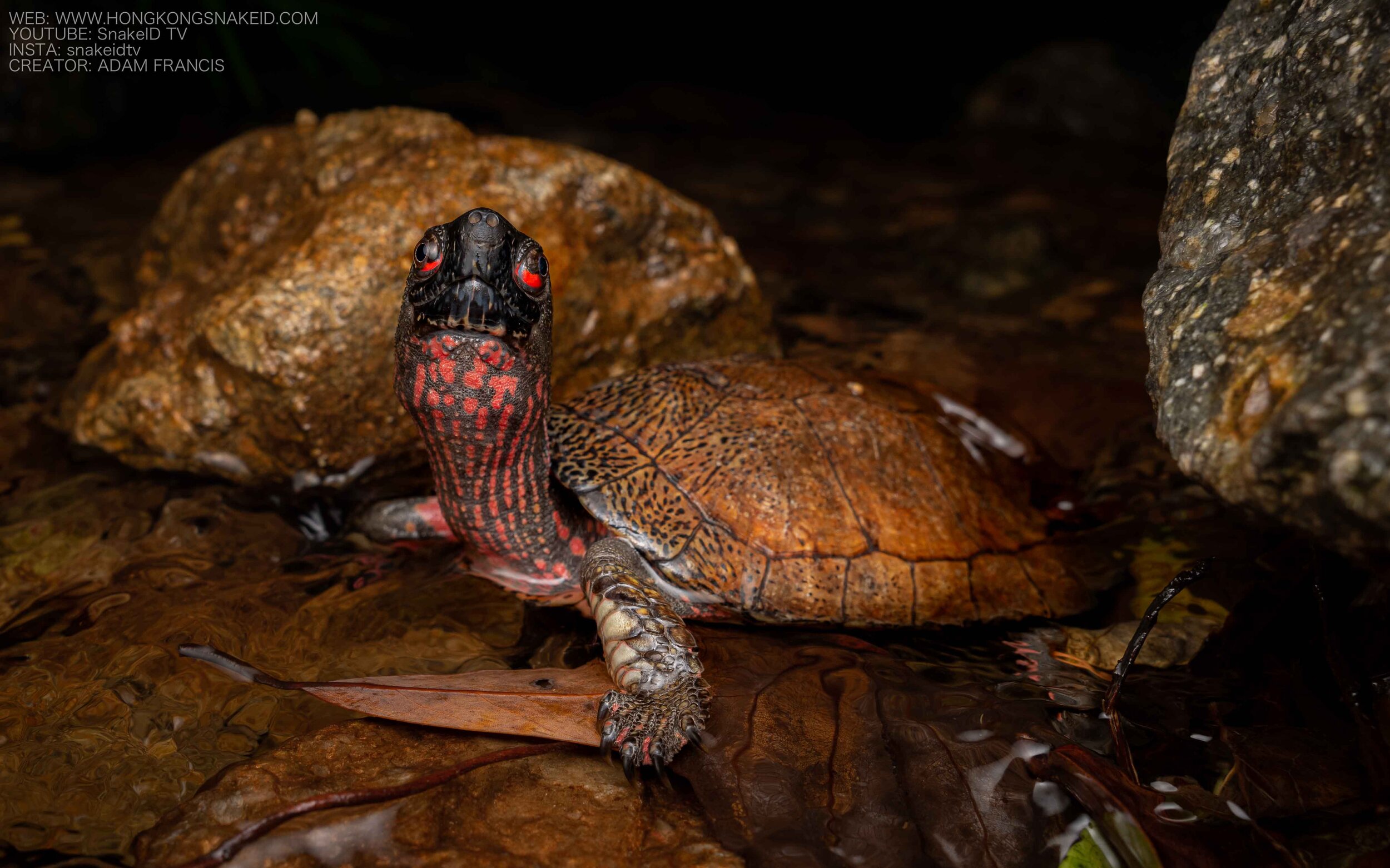
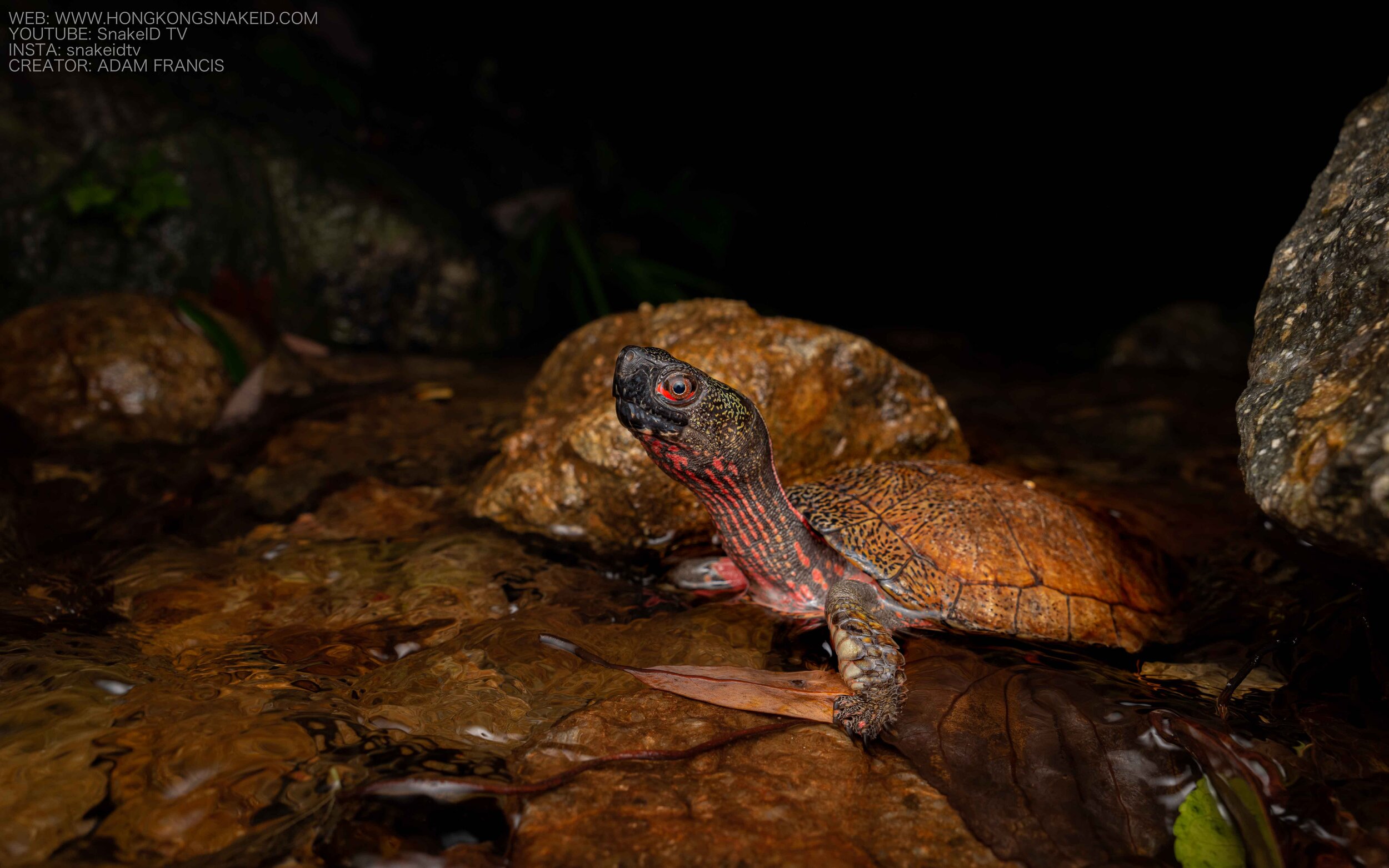
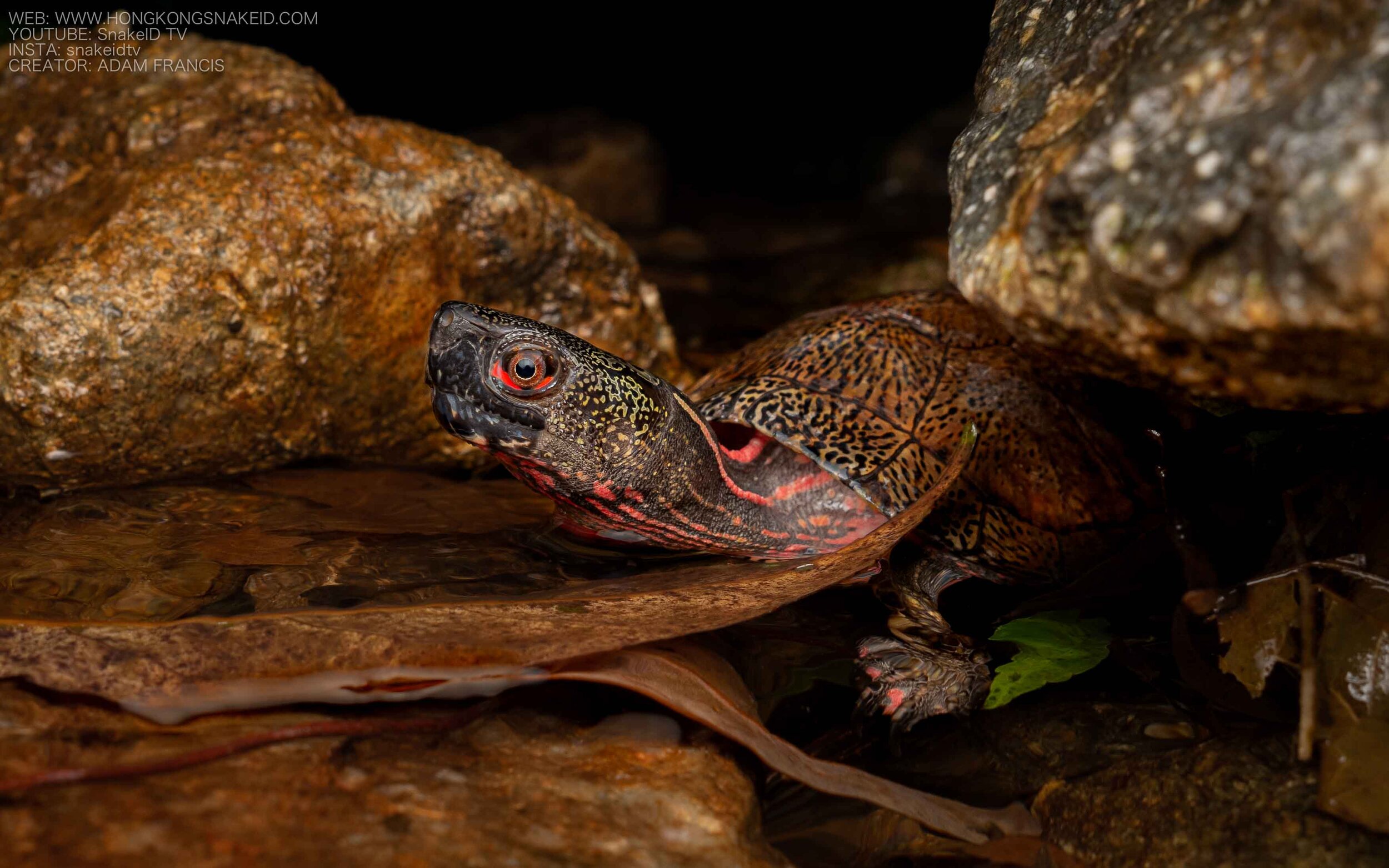
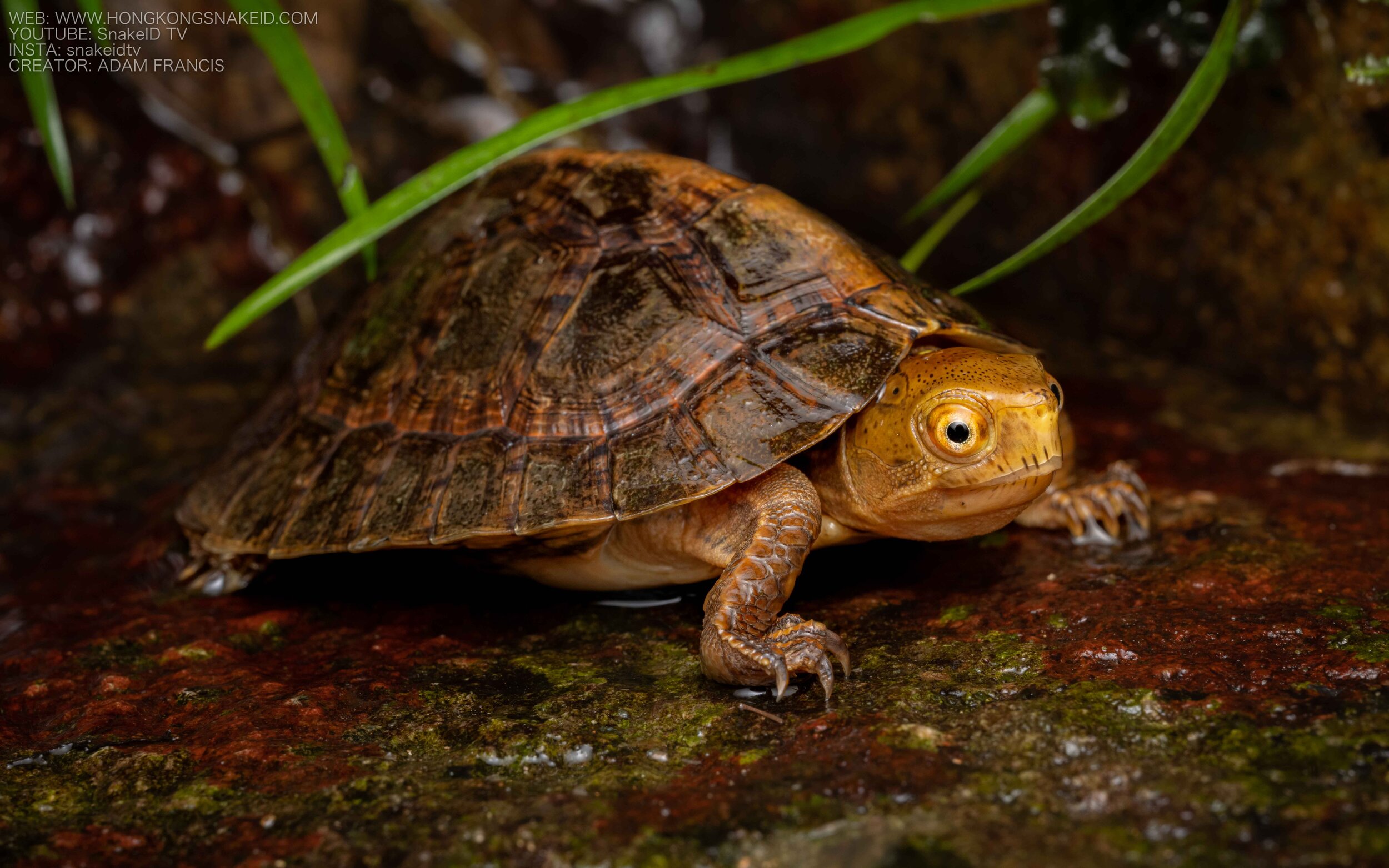
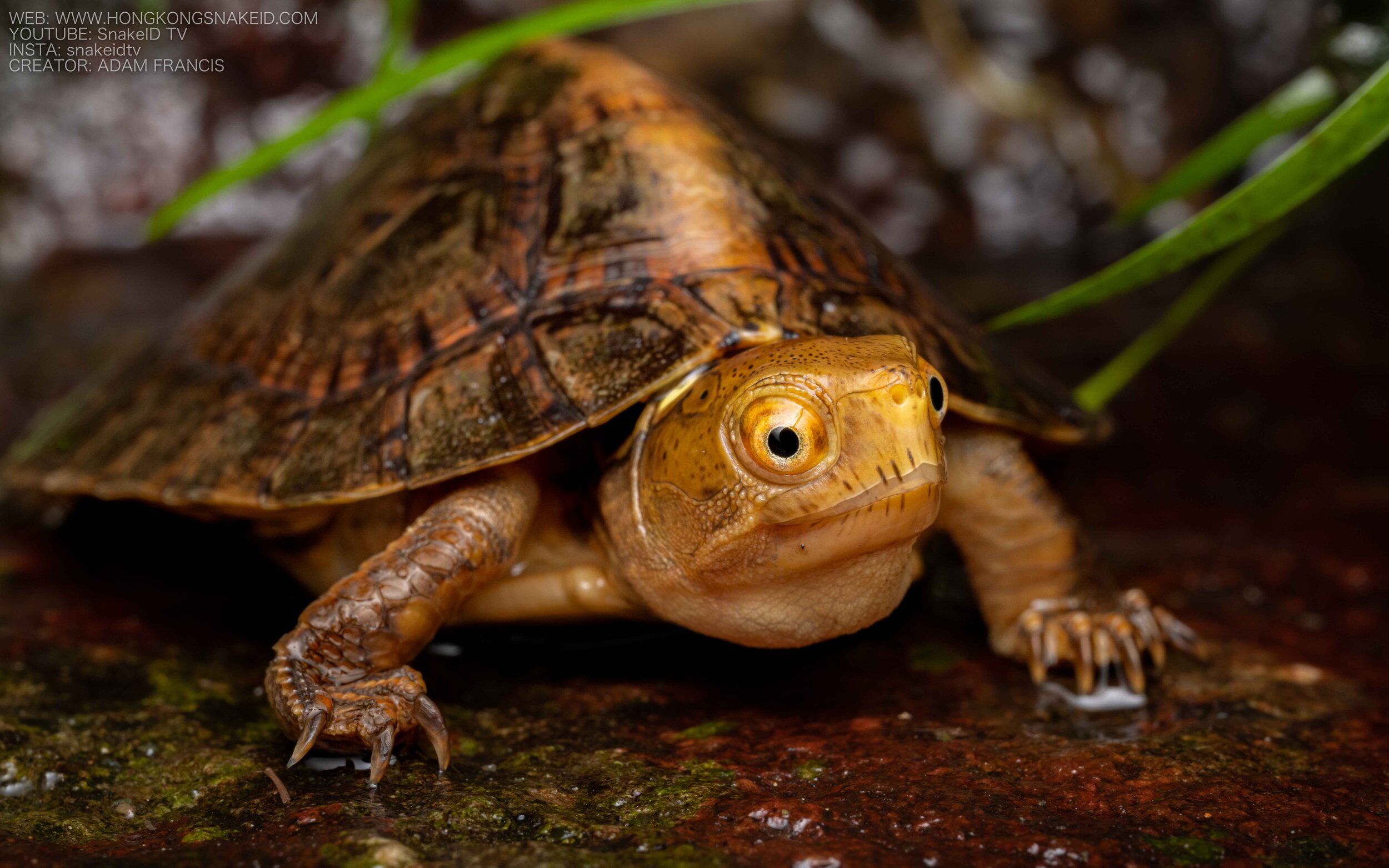
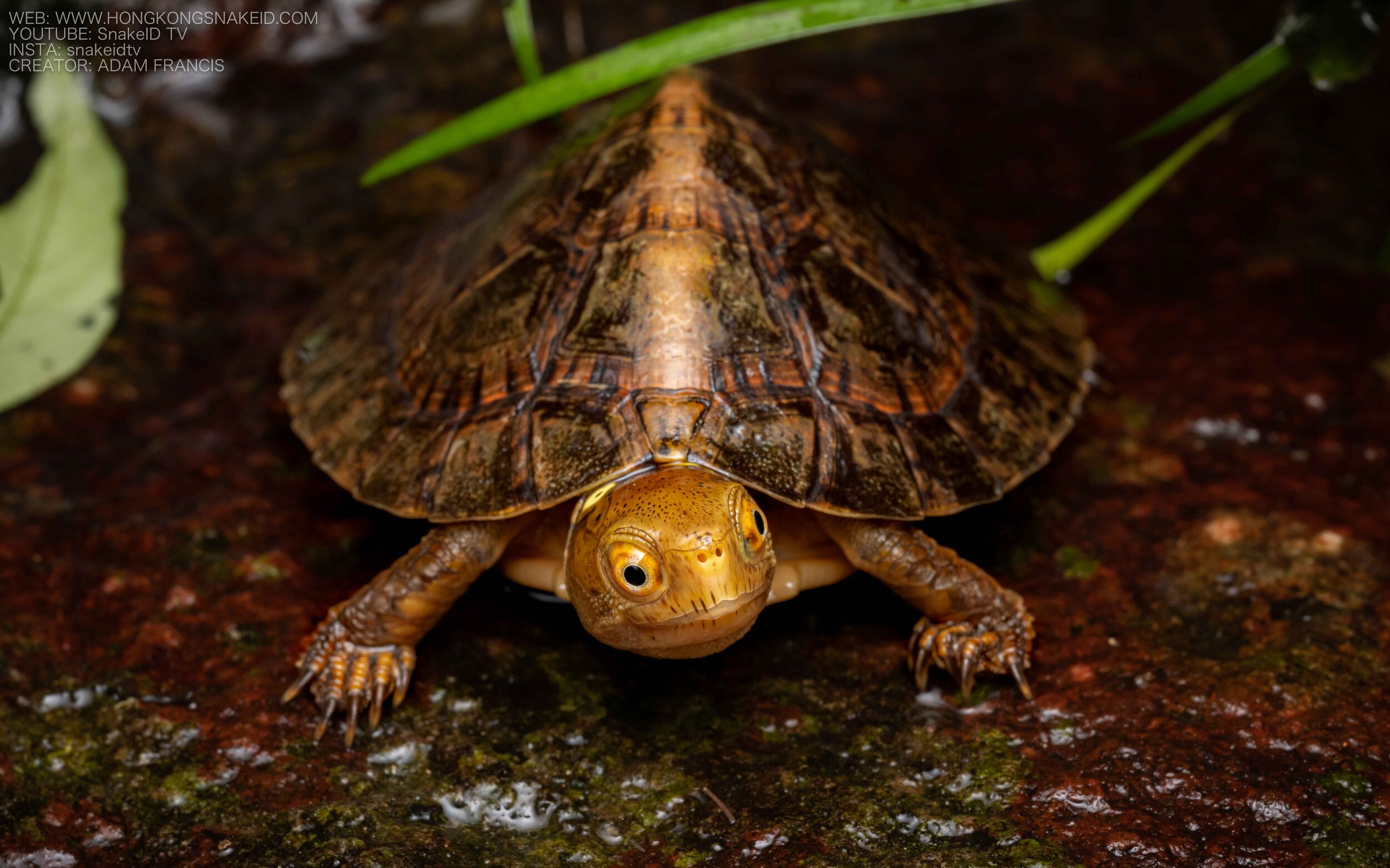

DESCRIPTION
Small in size when fully grown with shell roughly 15cm in length. This species is sexually dimorphic with females showing olive green skin with peach color throats and yellow neck stripes and males showing dark almost black skin with red eyes and neck stripes. The Beale’s gets its common name from the gold false eye markings on top of its head. The shell is reddish brown to dark brown with black flecks. Plastron (belly shell) is cream to light yellow in color.
BEHAVIOR
Observed to be active at night, the Beale’s Four Eyed Turtle appears to prefer spending large portions of its time in streams and small pools in clear fast flowing mountain streams. They are adept at climbing rocks and navigating on land but are most at home in the water. Observed to eat small fish, tadpols, carrion and small fresh water crustations. Thought to also opportunistically consume fruit. If handled they are capable of defacating and excreting a highly pungent musk.
HABITAT
Populations of this species in the wild are small and little is known about their preferred habitat, but they are thought to inhabit areas around mountain streams in thickly vegitated forests at varying elevations. Given thier largely aquatic nature they will likely always be found in or very close to bodies of water. The authors have encountered multiple specimens in clear fast flowing streams.
POACHING
TURTLES ARE HEAVILY TRAFFICKED IN HONG KONG: Poachers, unfortunately are still very active in Hong Kong, regularly trapping rare turtle species to sell to the pet and Chinese Medicine trade. Turtles that end up sold into this trade are killed to become ingredients in traditional medicines. To avoid unintentionally aiding poachers, locations of turtles found in Hong Kong should never be shared on social media, and individuals should never be collected as pets given the potential for disruption to local breeding populations.

